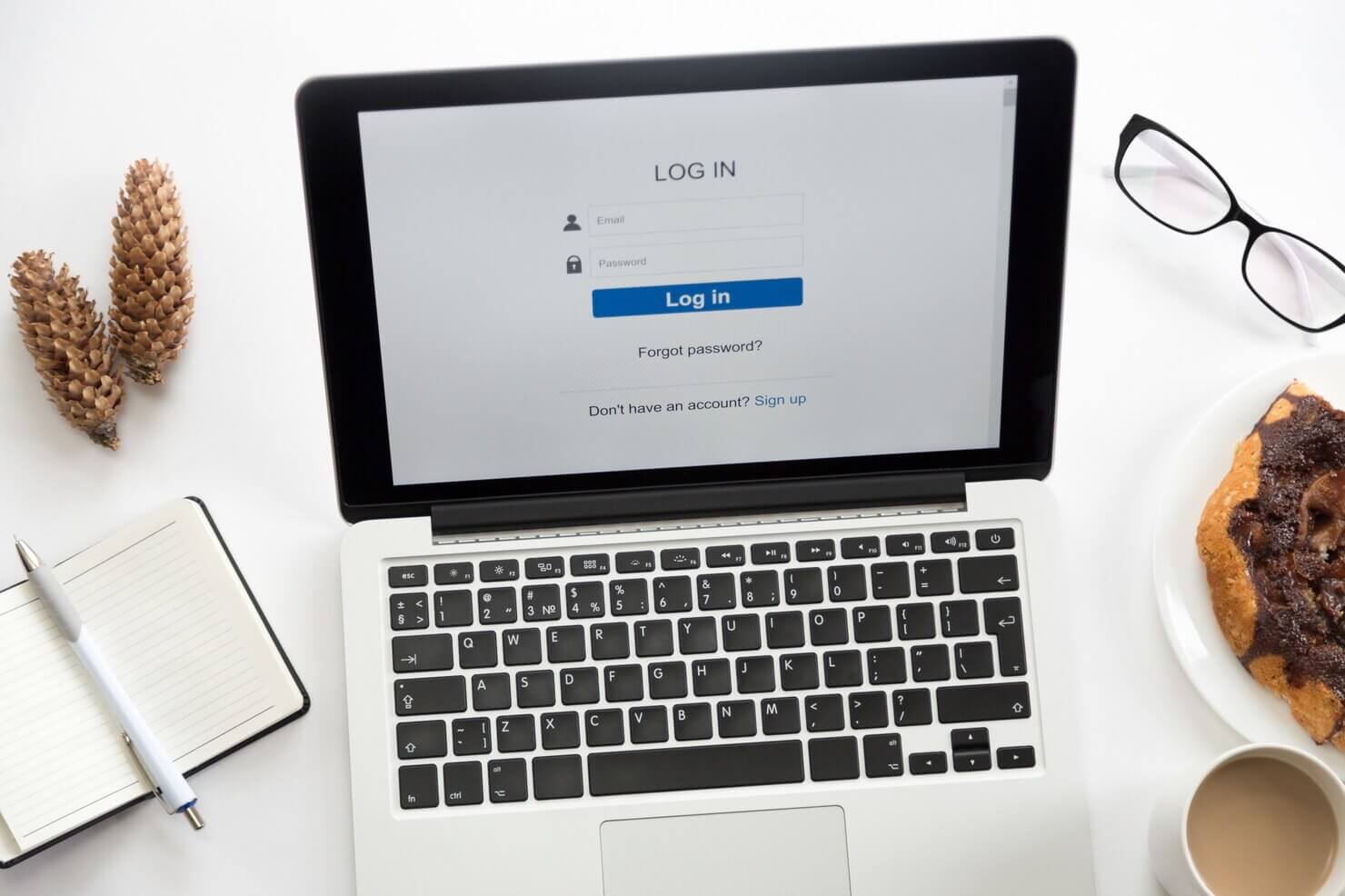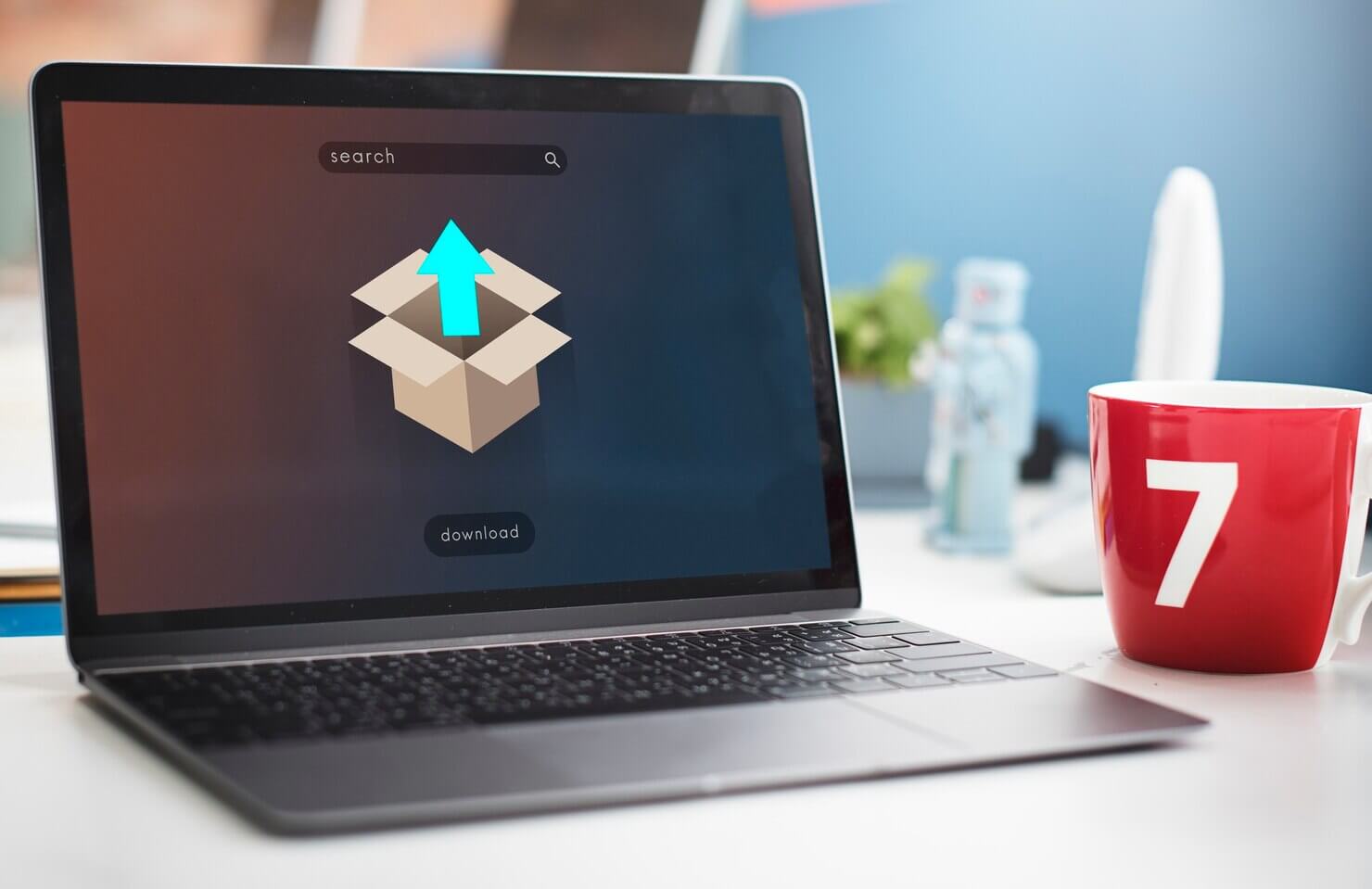Failing to prioritize WordPress security can turn your site into a playground for hackers. You may, unfortunately, experience devastating cyberattacks, risking data breaches and downtime. From using weak passwords to skipping crucial updates, these common mistakes could make your website an easy target for hackers. Learn about the critical mistakes that leave your site exposed and how to fix them before it’s too late.

When it comes to managing a WordPress website, security is often overlooked, despite its importance. The Worst WordPress Security Mistakes can leave your site open to a variety of cyberattacks, ranging from malware infections to data breaches that can damage your reputation and compromise your users’ privacy. WordPress is an incredibly powerful platform, but its popularity also makes it a prime target for hackers.
In this blog post, we’ll dive into some of the most common security mistakes that site owners make, often unknowingly, and show you how to avoid them. By addressing these vulnerabilities, you can ensure that your WordPress site remains protected against evolving cyber threats, providing a secure experience for both you and your visitors. Let’s take a closer look at the critical security blunders you need to avoid.
Why WordPress sites are frequent targets for cyberattacks?
WordPress sites are frequent targets for cyberattacks primarily due to their immense popularity and widespread usage, powering over 40% of all websites globally. This prevalence makes them an attractive target for hackers seeking maximum impact.
Additionally, WordPress’s open-source nature, while fostering innovation and flexibility, also exposes its codebase to potential exploitation by malicious actors. Many WordPress users rely on third-party plugins and themes to enhance their sites, and these often become weak points if not regularly updated or if poorly coded.
Outdated software and weak credentials exacerbate vulnerabilities, making brute force attacks and exploitation of known flaws in plugins or themes common attack vectors. Furthermore, many site administrators lack the technical expertise to implement robust security measures, such as firewalls, two-factor authentication, or regular updates. Hackers frequently exploit these gaps to deface websites, steal sensitive data, or inject malware. WordPress’s popularity and varied user base thus create a fertile ground for cybercriminal activities.
Common WordPress security errors
Let’s explore some of the common WordPress security issues, that many website owners may experience due to poor decisions. Some of these errors include ignoring WordPress core updates, using default settings, failing to secure your login page and so much more. Dive into more details below.
Ignoring the Importance of Regular Updates
A major element that increases WordPress security is keeping up with cyclical WordPress core & WordPress plugin updates. WordPress, being an open-source platform, is constantly evolving, with updates often addressing known vulnerabilities, bugs, and performance issues. Ignoring these updates leaves your website exposed to exploits that hackers frequently target. Cybercriminals actively monitor older versions of WordPress and plugins for known vulnerabilities, and unpatched systems become easy prey.
Updates not only fortify your website against security threats but also enhance functionality and compatibility with other tools and plugins. Skipping updates may seem like a convenient way to avoid potential compatibility issues or downtime, but the risks far outweigh the rewards.
Neglected updates create significant entry points for attackers, potentially leading to data breaches, malware injections, and even complete loss of site control. Furthermore, failing to update third-party plugins is equally dangerous, as poorly maintained or abandoned plugins often become high-risk vulnerabilities.
By adopting a habit of regular updates and leveraging tools like automatic updates or managed hosting services, website administrators can significantly reduce the risk of security incidents. Prioritizing updates is not just about safeguarding the website but also ensuring the trust and safety of your users and visitors.
Using Default Settings and Weak Credentials
One of the most significant security risks for WordPress websites stems from using default settings and weak credentials, practices that make it alarmingly easy for attackers to gain unauthorized access. Default settings, such as using “admin” as the username or failing to customize the database prefix, provide hackers with a predictable entry point, reducing the complexity of their attacks.
Weak passwords compound this vulnerability, as brute force attacks can easily crack simplistic or commonly used credentials. These oversights often serve as the first and most accessible layer of exploitation. To mitigate these risks, it is crucial to adopt a proactive approach to security.
Start by creating unique usernames, setting strong, complex passwords, and changing the default database prefix during the installation process. Additionally, implementing two-factor authentication (2FA) adds an essential layer of security by requiring a second form of verification, such as a one-time code sent to a mobile device.
This extra step significantly reduces the likelihood of unauthorized access, even if the primary password is compromised. By prioritizing these basic but vital security measures, website owners can transform their WordPress sites into significantly more robust digital platforms. Ultimately, effectively, safeguarding against common attack vectors and ensuring the safety of their content and user data.

Failing to Secure Your WordPress Login Page
One of the most common WordPress security mistakes is failing to secure your WordPress login page, which is a prime target for hackers. Attackers often exploit vulnerabilities here by attempting to gain unauthorized access to your WordPress admin area. To mitigate these risks, it is essential to limit login attempts, which prevents brute-force attacks by locking out users after a predefined number of failed login attempts.
Additionally, you should restrict access to the login page by implementing measures like IP whitelisting or using security plugins that allow only legitimate users to enter. This ensures that unauthorized traffic is blocked before reaching sensitive areas.
A cornerstone of securing your login page is enforcing the use of strong passwords for all accounts, including administrators, editors, and contributors. Weak login credentials, such as default usernames or simple passwords, make it significantly easier for attackers to compromise your site.
You can further enhance security by enabling two-factor authentication (2FA), which adds an additional layer of protection. Remember, even the smallest oversight in login security can leave your site vulnerable, so it’s crucial to regularly review and update these measures. By addressing these key aspects, you safeguard not only the login page but also the integrity of your entire WordPress site.
Not Using a WordPress security plugin
One of the most common WordPress security mistakes is neglecting to use a robust WordPress security plugin such as WordFence. This oversight leaves websites vulnerable to a variety of threats, including malicious code injections, which can compromise the integrity of your site and the trust of your users.
Without proper protection, attackers can exploit outdated WordPress plugins, themes, or weak configurations to infiltrate your site. Once inside, they can insert malicious software designed to steal sensitive data, spread spam, or turn your site into a platform for phishing attacks.
Regular malware scanning is critical to identify and remove these threats before they cause significant damage. A comprehensive solution like WordFence not only offers real-time protection but also includes a powerful firewall, proactive monitoring, and advanced features to detect and block suspicious activity.
This plugin helps ensure that your site remains secure by scanning for vulnerabilities, detecting suspicious changes in files, and providing detailed reports to address potential issues. In addition, WordFence can help safeguard against exploits in outdated WordPress plugins or themes by alerting you to updates and patching known vulnerabilities.
By not utilizing a robust WordPress security plugin, you leave your website exposed to the ever-growing risks of malicious software and cyberattacks. A proactive approach that includes a trusted plugin like WordFence and regular malware scanning is essential to maintaining the security and integrity of your WordPress site.

Overlooking Website Backups
Another issue many WordPress websites have is not having backups set up to be a safety net in the event of a security attack or hacking. Many website owners underestimate the potential impact of cyberattacks, hacking, or accidental data loss. Without a reliable backup system in place, the consequences of a security breach can be devastating. These breaches can lead to significant downtime, loss of sensitive data, and potentially irreversible damage to a site’s reputation.
While WordPress offers plugins and tools to simplify the backup process, many users neglect to implement these solutions or fail to ensure backups are created regularly. Additionally, some site owners assume their hosting provider automatically handles backups, but this isn’t always the case.
A comprehensive backup strategy involves scheduling regular backups, storing them in multiple secure locations (such as cloud storage and external drives), and periodically testing them to ensure they are complete and functional.
By prioritizing backups, WordPress site owners can mitigate risks and recover swiftly from unexpected incidents. kipping this crucial step not only increases vulnerability but also compounds the challenges of recovering from a security issue. Proactive backup planning is an essential element of robust website security and should never be overlooked.
Not Implementing Proper File Permissions and Security Settings
Another one of many WordPress security mistakes that you may be guilty of is not implementing proper file permissions and security settings. File permissions determine who can read, write, or execute files on your server. Improper permissions can expose sensitive files to unauthorized access, allowing hackers to inject malicious code or steal data.
For instance, overly permissive settings like 777 permissions allow anyone, including potential attackers, full access to your files. This risk is compounded if security settings are also not optimized, such as leaving the wp-config.php file exposed. Also, by failing to restrict access to vital directories, or not disabling directory indexing.
These oversights can inadvertently provide attackers with a roadmap to exploit vulnerabilities. To mitigate these risks, you should configure file permissions following the principle of least privilege—commonly setting directories to 755 and files to 644. Additionally, enhances security by restricting access to critical files through server-level rules and implementing measures like hiding your WordPress version. Addressing these issues significantly strengthens your site’s defense against cyber threats.

Failing to Monitor Site Activity for Suspicious Behavior
One way to prevent WordPress security vulnerabilities is to monitor your website for suspicious behavior and activity. Hackers often exploit vulnerabilities to gain access to your site, enabling them to execute attacks such as cross-site scripting (XSS) or inject malicious scripts into your code.
These scripts can be used to steal sensitive user data, manipulate site content, or redirect visitors to harmful websites. Regular monitoring helps detect unauthorized changes, unexpected login attempts, or irregular traffic patterns, which might indicate a breach or attempted exploitation.
Additionally, cross-site request forgery (CSRF), another common attack vector, can be mitigated by keeping an eye on user interactions and identifying unauthorized requests. Implementing robust logging tools and activity trackers allows you to analyze site usage in real time, while automated alert systems can notify you of any anomalies.
Combining these measures with a proactive security approach, such as regular updates and employing a web application firewall (WAF), ensures that your WordPress website remains protected. Vigilant monitoring not only helps identify potential threats early but also enables swift response to vulnerabilities before they compromise your site’s integrity or user trust.
Do you want to check the health of your website?

Not Using SSL/TLS Encryption (HTTPS).
A standard website practice and a way to keep WordPress secure is switching from HTTP to HTTPS. You should be using SSL/TLS encryption for your WordPress site. HTTPS encrypts data transmitted between your website and its visitors, safeguarding sensitive information such as login credentials, payment details, and personal data from interception by malicious actors.
Without HTTPS, attackers can exploit vulnerabilities in unsecured HTTP connections, leading to data breaches, compromised accounts, or phishing attacks. SSL/TLS certificates are now easily obtainable from reputable Certificate Authorities (CAs), many of which provide free options like Let’s Encrypt.
Beyond security, HTTPS improves your site’s credibility by displaying a secure padlock icon in browsers, which fosters trust among visitors. It is also essential for SEO since search engines like Google prioritize secure sites in their rankings.
Switching to HTTPS involves obtaining and installing an SSL/TLS certificate, updating internal links and resources to use secure URLs, and configuring your server to enforce HTTPS. Making this transition is a straightforward yet indispensable step toward enhancing the overall security and professionalism of your WordPress site.

TL;DR: Summarising the worst WordPress security mistakes
In conclusion, WordPress sites are frequent targets for cyberattacks due to their popularity and widespread use, making them prime candidates for hackers seeking vulnerabilities. Without proper security measures, these sites can become easy entry points for malicious activities.
To help protect your website, here are some common WordPress security mistakes to avoid:
- Ignoring the Importance of Regular Updates
- Using Default Settings and Weak Credentials
- Failing to Secure Your WordPress Login Page
- Not Using a WordPress Security Plugin
- Overlooking Website Backups
- Not Implementing Proper File Permissions and Security Settings
- Failing to Monitor Site Activity for Suspicious Behavior
- Not Using SSL/TLS Encryption (HTTPS).
Take control of your WordPress security and avoid these mistakes! Drop us a line today to take advantage of our Unlimited WordPress support and enhance your website’s security measures.
Comments